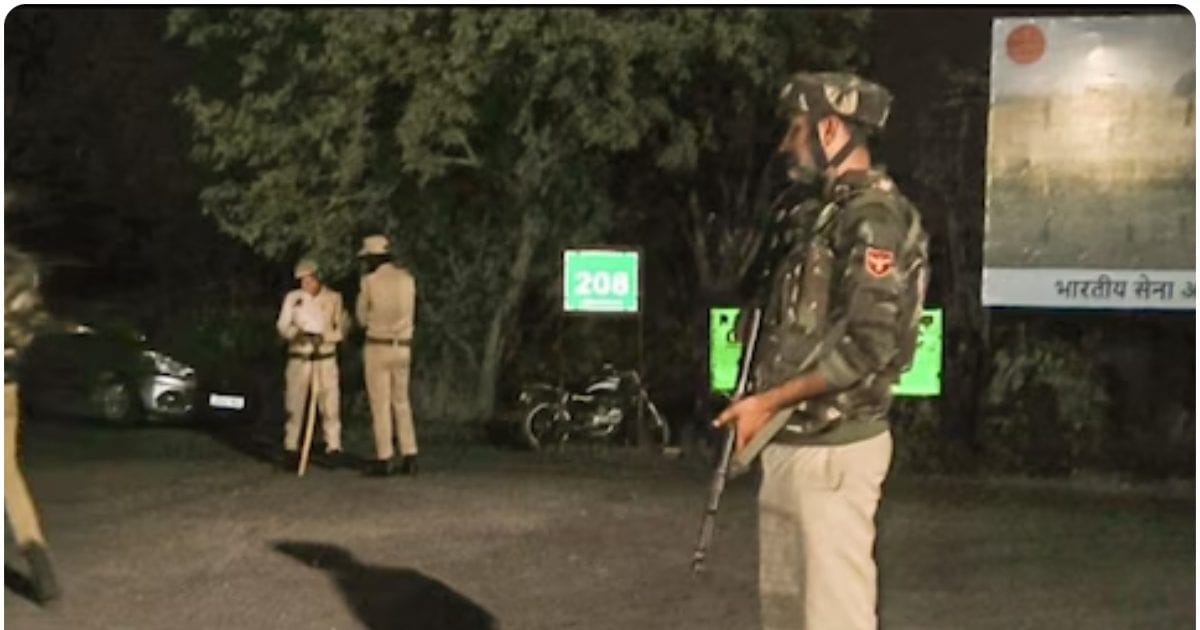Source: Armed Conflict Location and Event Data Project
The simmering conflict between Israel and Hezbollah militants in Lebanon proved disastrous, even before a deadly rocket attack and a string of assassinations revived fears of a wider war in the Mideast.
For nearly a year, both sides have been carefully balancing their attacks to avoid a major conflict. But the firing that takes place almost every day is increasing.
Satellite imagery makes it clear how much damage has been done on both sides of the border. This is what Aita al-Shaab, a city in Lebanon, looked like before and after the attack.
Israeli forces and Hezbollah militants, which are backed by Iran, have been fighting off and on for years. But the conflict escalated last October when Hamas, another Iranian ally, attacked Israel from the Gaza Strip, sparking a war there.
The most widespread structural destruction in the cross-border fighting between Israel and Hezbollah has occurred in Lebanon, where thousands of buildings have been damaged or destroyed. The thousands of Israeli attacks since October far outnumber Hezbollah attacks in Israel, according to data collected by the Armed Conflict Location and Event Data Project, a nonprofit that studies world conflicts.
About one-quarter of the structures in some villages have been damaged, according to an analysis of satellite data by Corey Sher of the CUNY Graduate Center.
Israeli air strikes and shelling in Lebanon have killed nearly 500 people, at least 100 of them civilians, according to the United Nations and Lebanon’s health ministry.
According to the Israeli prime minister’s office, Hezbollah has fired 7,500 rockets, missiles and drones since the war in Gaza began, killing 43 people in Israel, more than half of them civilians, and setting fields ablaze. More than 700 forest fires have broken out in northern Israel, which Israel has blamed on Hezbollah barrages, according to the prime minister’s office.
This satellite image shows what happened to the large area of dry scrub surrounding the Malkiya kibbutz after a fire broke out.
Source: Planet Labs, OpenStreetMap
It’s not just Israel that’s burning.
The fighting has led to massive fires on both sides of the border, and many fear it could cause long-term damage to land that plays a vital role in food production.
Many villages near the border on both sides have become ghost towns. Around 60,000 people in northern Israel and 100,000 in southern Lebanon have been displaced by border fighting since October, with no clear timeline for when they will return home.
where the fire is
Source: OroraTech, OpenStreetMap
Note: Fire limits are rough estimates of thermal activity based on satellite observations. Observations since the war began are from October 7, 2023 to August 6, 2024, and pre-war observations are from the same period a year earlier.
Now, there are fears the conflict could spread like wildfire. Attacks have increased in the past three weeks, raising the risk of a major regional war.
In July, rockets from Lebanon killed 12 civilians in a town in the Israeli-controlled Golan Heights. It was the deadliest attack on Israeli-controlled territory since attacks by Hamas on October 7.
Israel responded by striking Beirut’s southern suburbs, killing a Hezbollah leader and five civilians, according to Lebanese officials. A senior Hamas leader was killed a few hours later in the Iranian capital. Both Hezbollah and Iran vowed revenge.
Lebanon’s border towns with Israel, which are predominantly Shi’ite Muslims, are strongholds of Hezbollah’s support. But there are also Christian and Sunni Muslim settlements.
Some of the border towns most destroyed in the current attacks are also those that saw heavy ground fighting in 2006, when Israel and Lebanon fought their last war.
UN peacekeepers inspect a house destroyed by Israeli attack in the village of Yarin, southern Lebanon.
Diego Ibarra Sanchez, for The New York Times
Now, with hostilities escalating, some Israelis want their country to again face a full-scale invasion. Others fear that a full-blown retaliation from Hezbollah could be devastating. The militants are believed to have an arsenal of sophisticated precision-guided missiles capable of striking Israeli cities as well as critical infrastructure such as power plants and ports.
Israeli military commanders have their own concerns. They are still fighting a major battle – against Hamas in Gaza – and don’t relish the prospect of another war. And with weapons stocks dwindling, it’s unclear how fiercely the army can fight in Lebanon.












